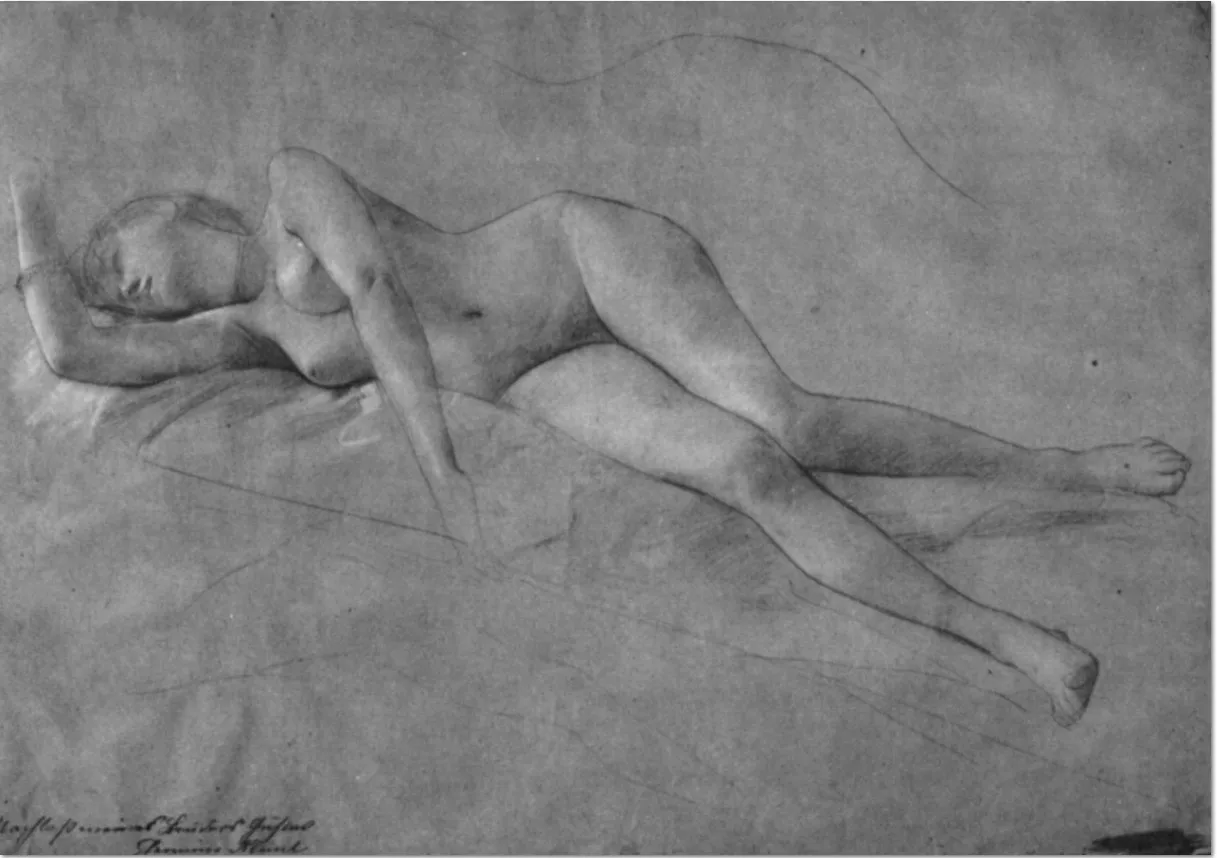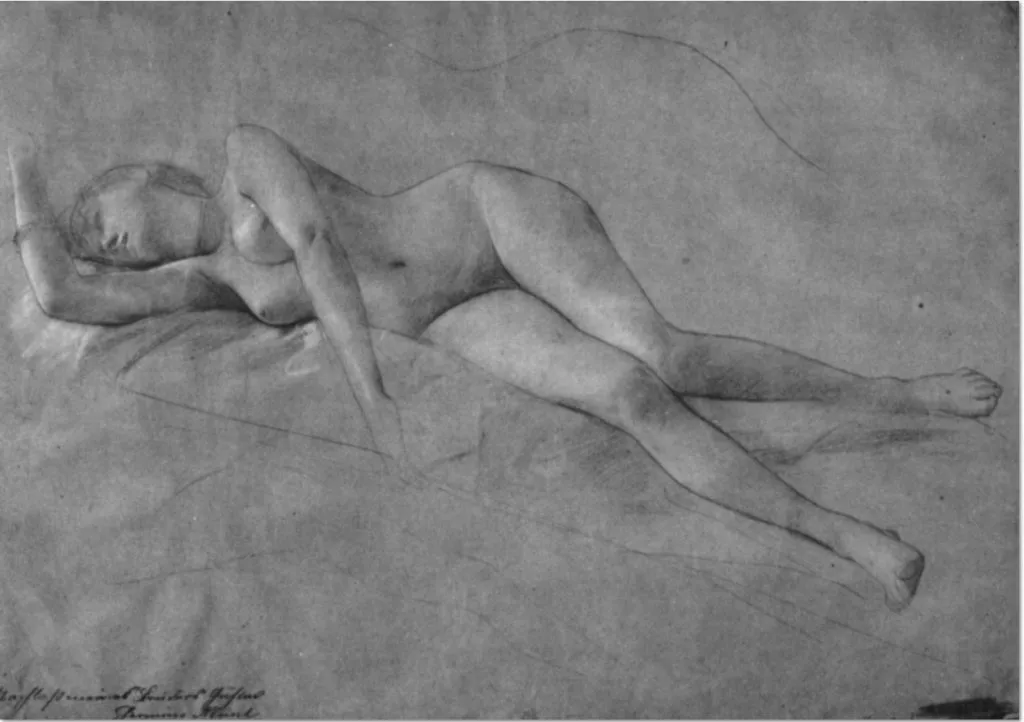About the Artist
Gustav Klimt (July 14, 1862 February 6, 1918) was an Austrian symbolist painter and one of the most prominent members of the Vienna Secession movement. Klimt is noted for his paintings, murals, sketches, and other objets d’art. Klimt’s primary subject was the female body, and his works are marked by a frank eroticism. In addition to his figurative works, which include allegories and portraits, he painted landscapes. Among the artists of the Vienna Secession, Klimt was the most influenced by Japanese art and its methods. Early in his artistic career, he was a successful painter of architectural decorations in a conventional manner. As he developed a more personal style, his work was the subject of controversy that culminated when the paintings he completed around 1900 for the ceiling of the Great Hall of the University of Vienna were criticized as pornographic. He subsequently accepted no more public commissions, but achieved a new success with the paintings of his “golden phase”, many of which include gold leaf. Klimt’s work was an important influence on his younger contemporary Egon Schiele. -#126
About the Artwork
Nude drawing as a work of art is unsurpassable as an aesthetic pleasure. In the representation of the nude, art reaches its most vital mode of existence. In Gustv Klimt’s work, the technical brilliance of the drawings, executed with pencil or chalk, is also captivating. Red often joins the predominantly blue or black lines and is just as breathtaking as the delicacy of the poses. It is no coincidence that it recalls the nude drawings of Boucher and Watteau; and Klimt is hardly inferior to these masters of the 18th century; Boucher’s nude drawings also far exceed the quality of his paintings……

